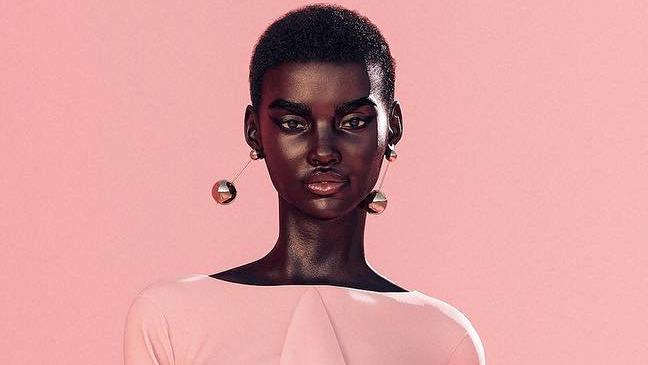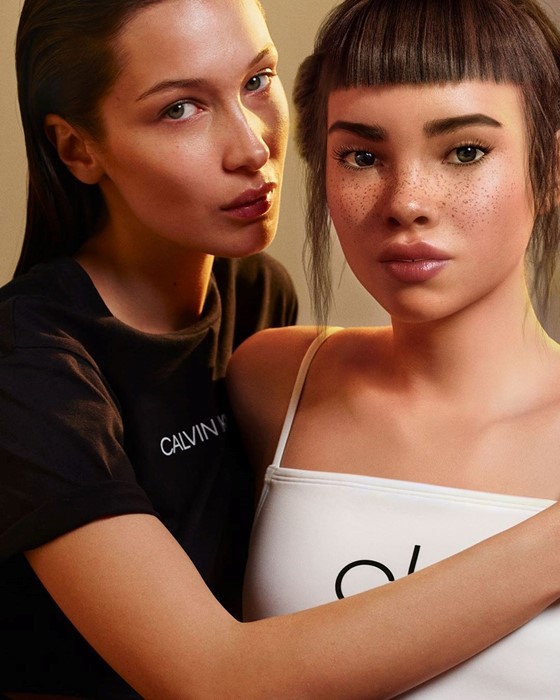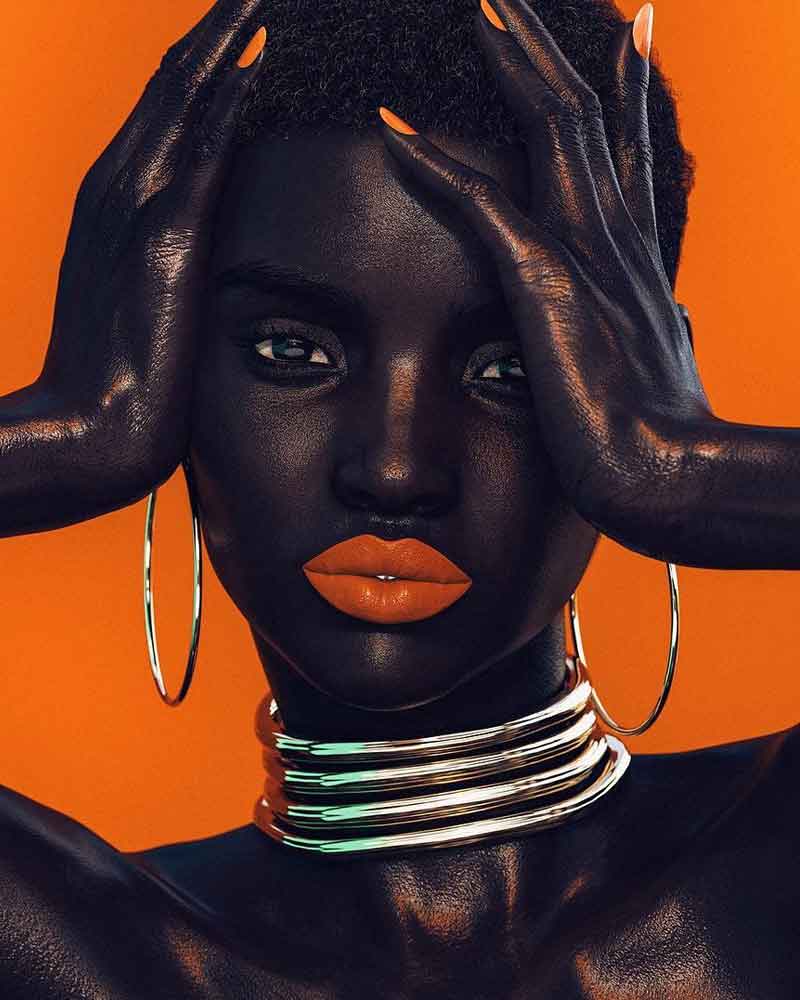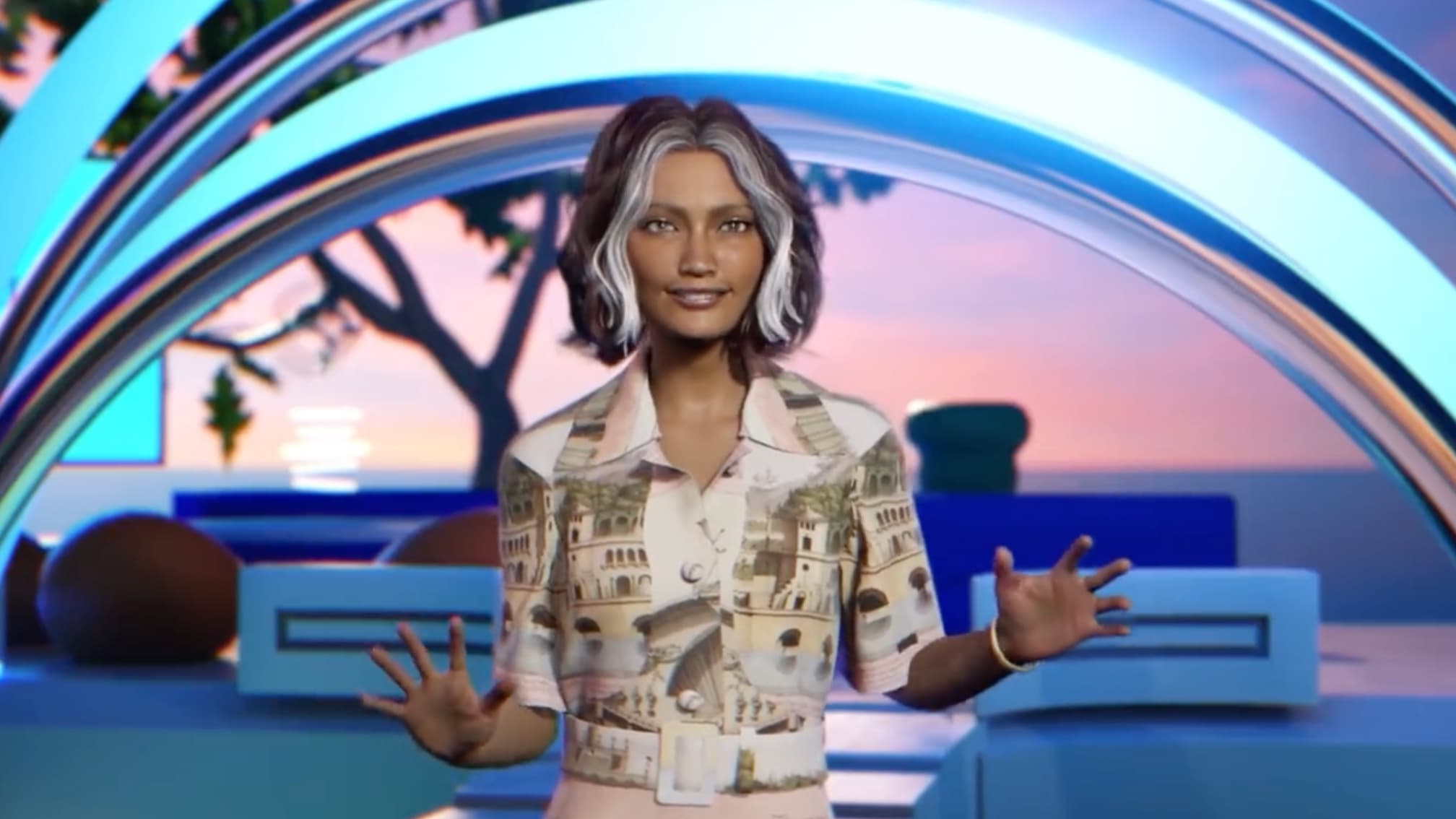AI Modeling Industry : will it replace human models?

Credit : Shudu Gram AI Model
Artificial Intelligence (AI) is redefining standards across many industries, and the modeling sector is no exception to this technological revolution. Computer-generated virtual models (CGI) are gaining popularity in fashion and advertising, raising new questions about AI’s role in the industry.
While not yet a dominant phenomenon, influential brands and specialized agencies have already started incorporating virtual models into their strategies. These digital avatars, such as Lil Miquela, Shudu, and Noonoouri, have become virtual icons, attracting a young, tech-savvy audience.
Agencies like The Diigitals, founded by Cameron-James Wilson, specialize in creating and managing AI models. The agency represents figures like Shudu, widely recognized as the “first digital supermodel,” and other avatars designed to meet the needs of brands exploring the digital landscape. These agencies collaborate with companies to design advertising campaigns and create immersive experiences that blend fashion and technology.
Lil Miquela (2.5 million Instagram followers) has a strong Instagram presence. She has collaborated with brands like Prada and Diesel, appearing in advertisements and sharing engaging social media posts.

credit : Lil Miquela
Created by The Diigitals, Shudu has been featured by brands like Fenty Beauty and Balmain.

credit : Shudu Gram
CGI models and digital influencers are becoming prominent in fashion campaigns, with brands using them to explore innovative ways of storytelling and audience engagement. Mango recently featured AI-generated models exclusively in its Sunset Dream collection. Levi’s collaborated with Lalaland.ai to develop customizable avatars that bring inclusivity to e-commerce. LVMH introduced Livi (LVMH Innovation Virtual Insider) as its first CGI ambassador to serve as the “Face of Innovation” for the luxury conglomerate. Designed by Altava, a previous finalist for the LVMH Innovation Award, Livi is a hyper-realistic virtual figure representing the group’s creative and technological advancements.

credit : LVMH
The Advantages of AI Models
- Flexibility and Diversity:
Virtual models can represent a wide variety of body types, skin tones, and styles and can be quickly adapted for specific creative needs. - Cost Reduction and Sustainability:
Virtual photoshoots lower logistical costs and eliminate the need for physical clothing, reducing waste and carbon footprints. - Unlimited Availability:
Available 24/7, AI models enable campaigns without constraints of time or location.
The Limitations of AI Models
- Authenticity and Emotional Connection:
Human models convey emotions and form deep connections, which digital avatars cannot yet replicate. - Lack of Real Social Interaction:
Human models inspire through their real relationships and stories, whereas AI models, perceived as artificial, lack authentic impact. - Ethical Challenges and Unrealistic Standards:
AI models may reinforce unrealistic beauty standards and raise questions about diversity and ethics.
Will AI Models Replace Real Models?
While AI models are gaining popularity and influence, it is unlikely that they will completely replace human models in the near future. Virtual models excel in specific contexts, such as futuristic advertising campaigns or virtual fashion shows, but they still lack the spontaneity, personality, and emotional depth of human models.
In reality, the future of modeling seems to point towards a coexistence between human and digital models. AI models complement human models by offering innovative and efficient solutions for specific creative needs, while human models remain essential for maintaining authentic and emotional connections with the audience.